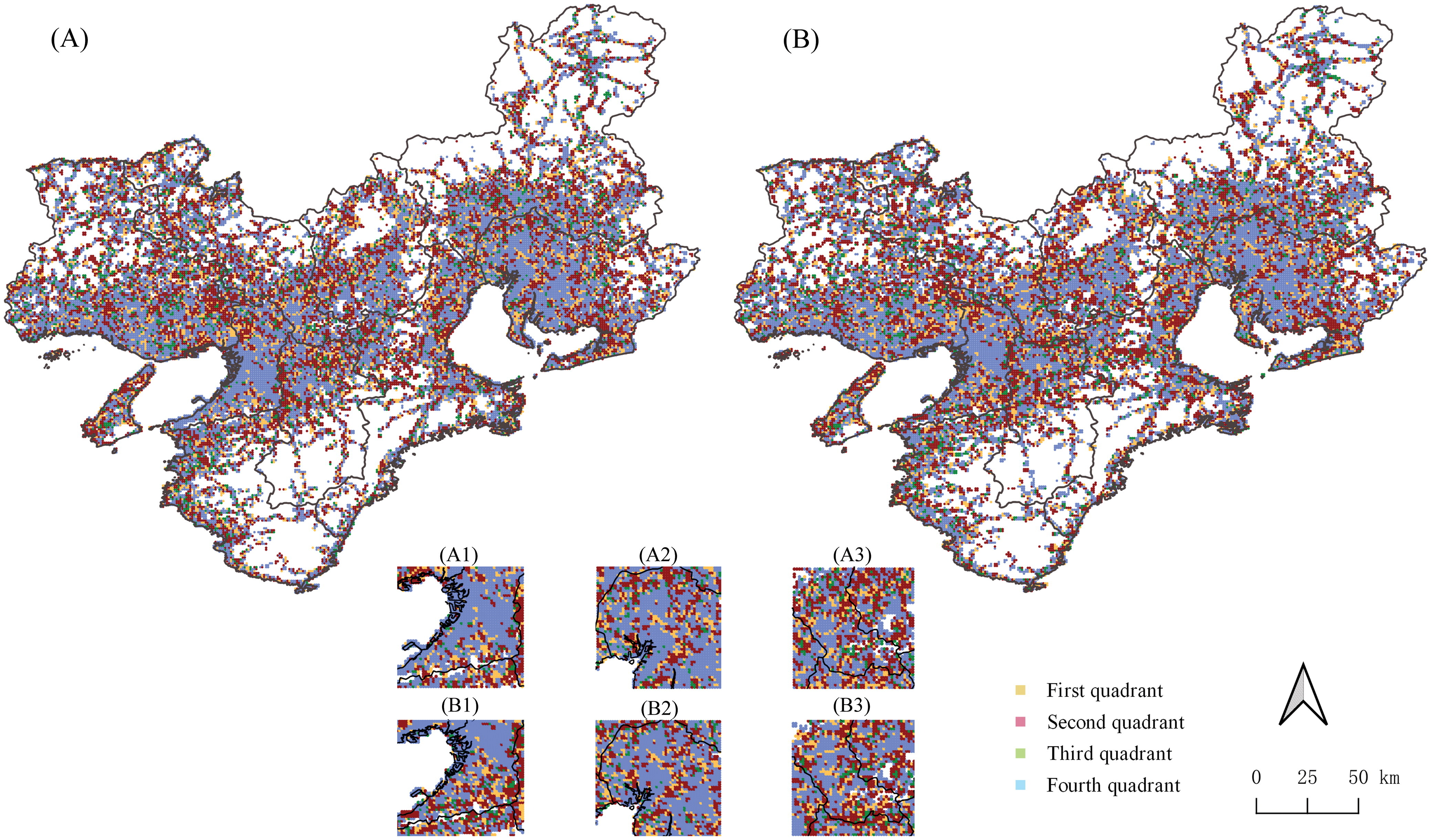Title: Resilience Patterns of Multiscale Human Mobility Under Extreme Rainfall Events Using Massive Individual Trajectory Data

Abstract
Understanding human mobility’s resilience during extreme rainfall is paramount for enhancing disaster response and urban resilience. Most studies, however, have overlooked the complexity of resilience patterns across scales, missing out on the varied spatial anomalies and their underlying causes. To bridge this gap, we propose a framework using massive individual trajectory data to dissect resilience patterns of human mobility across scales. By leveraging a dynamic network model, we quantify human mobility flows and employ resilience curves to determine resilience patterns at urban-agglomeration and regional scales. Our study, centering on the extreme rainfall from Typhoon Mawar, covers Osaka and Nagoya in Japan. The findings reveal a marked reduction in human movement, although the structure of mobility networks remains relatively unchanged. Based on the quadrant distribution of inflows and outflows, we reveal that the ratio of abnormal to normal resilience patterns in human mobility stands at approximately 3:2, a consistency maintained across both scales. Interestingly, abnormal resilience patterns are intricately linked to local geographical settings of the built environment, revealing disparities based on income, gender, and age. These insights are invaluable for policymakers to improve postdisaster recovery efforts and guide future urban infrastructure development toward greater resilience.
Keywords
Extreme rainfall;
Human mobility;
Resilience patterns;
Trajectory data;
Urban agglomeration
Full Text Download
Annals of the American Association of Geographers
Q.E.D.









